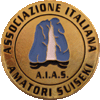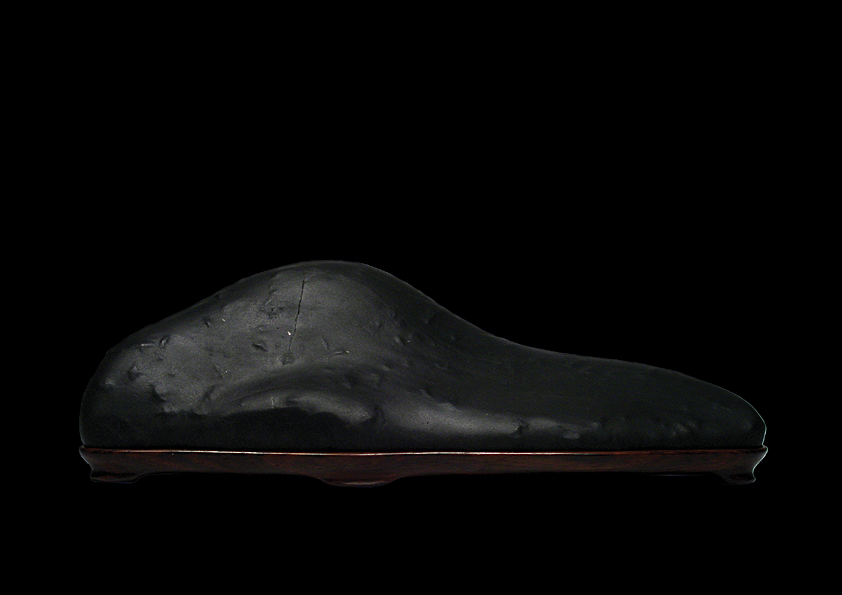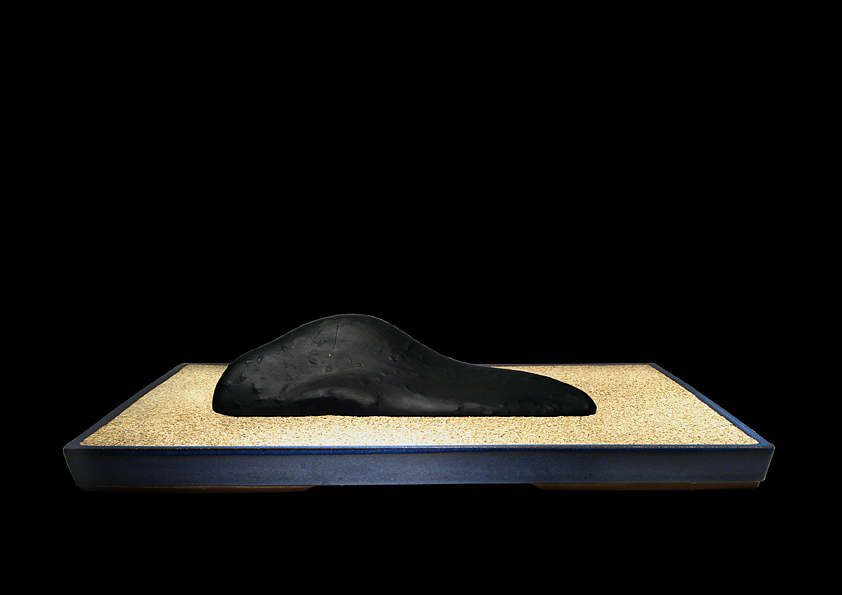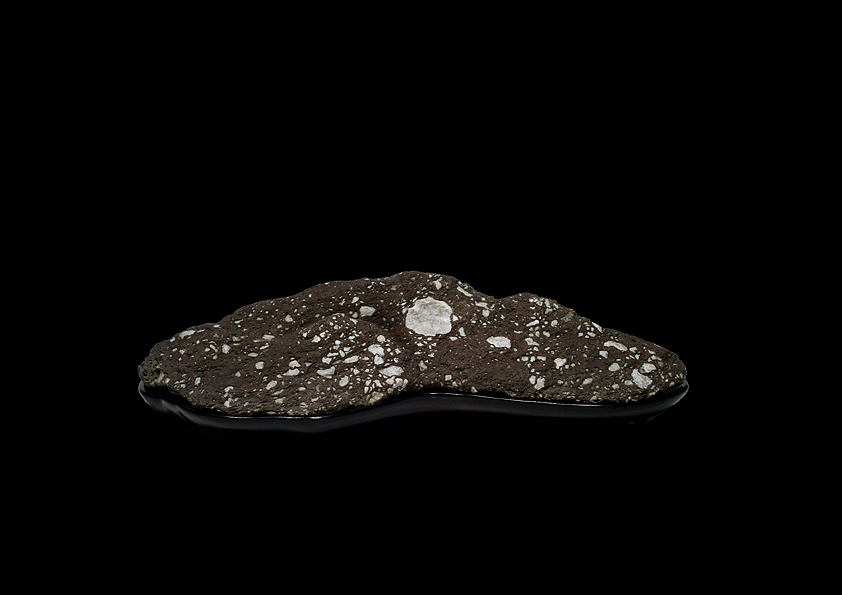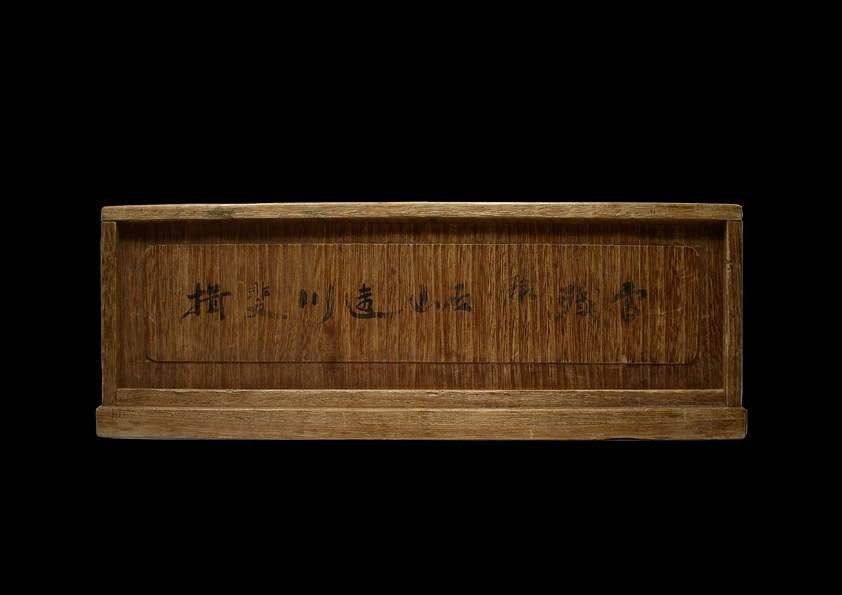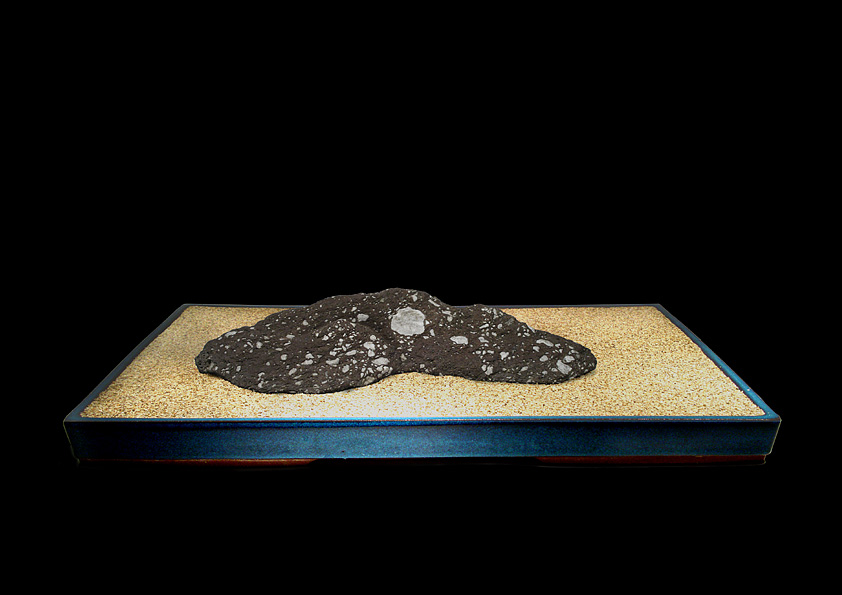Martin Pauli
|
Website : http://www.suiseki-beautifulstones.blogspot.com/
|
 |
| The outstanding aestetic and quality of Japanese art and crafts based on the unique view of nature in and in specific the art of stone appreciation suiseki has always been my deep passion. |
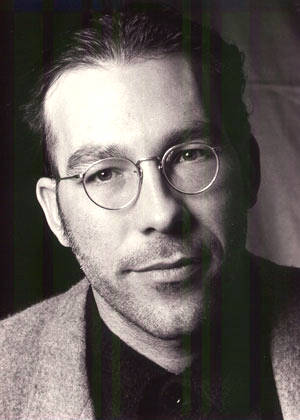 |
Although I have intensively studied and learned, my knowledge is still on an unsatisfactory level. All I know today, I have learned from people in Japan, well known connoisseur of the arts, from viewing and studying images of catalogues and books, studying stones in private collections and on exhibitions and of course reading books.
I would like to thank everybody who has helped me for better understanding among them the most important ones are Arishige Matsuura, president of the Nippon Suiseki Kyôkai, a person with an extremely refined taste, who has thought me the real essentials of suiseki and the Japanese art. Seiji Morimae who I first met some ten years ago at the beautiful house of Chikufuen, where he worked as a student at that time, showing me his boss collection while he was out.
|
|
I also received deep insights through important publications like :
- "Zen no Kenkyu" of Kitaro Nishida, the founder of modern Japanese philosophy;
- "Die Philosophie Japans" of Peter Pförtner, Jens Heise, Inoue Tetsujiro;
- Die japanische Philosophie, in „Die Kultur der Gegenwart“, Nakamura Hajime, "A history of the development of Japanese thought“;
- the tales of Lafcadio Hearns, Curd Glauser
For me particularly mention-worth the outstanding publications of Professor Isamu Kurita who I never met in person :
- Ippen Shônin: "Tabi no shisaku-sha" (Priest Ippen: a poet on the road);
- Asuka-Yamato : " Bi no junrei" (Asuka and Yamato: a pilgrimage of beauty);
- "Setsugekka no kokoro" (A heart of snow, moon, and flowers);
- "Dôgen no yomikata" (How to read the works of Priest Dôgen);
- „Nihon no Kokoro“ (Japanese Mind);
-
and least but not last his famous essey „Setsugakka“on which I have compiled my writing about nature bases.
|
|
